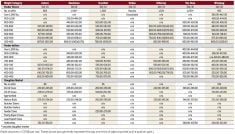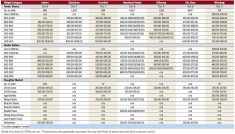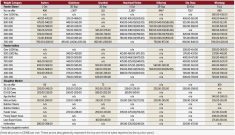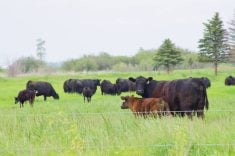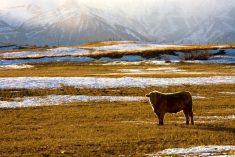U.S. ranchers have begun to rebuild shrinking herds in response to record-high cattle prices, but lenders remain cautious, the head of the country’s largest cattle group said.
It is the first indication that the cattle herd was going through an expansion after the financial crisis of 2008 and the ensuing global recession hurt the livestock industry.
“The expansion is just in its infancy,” Bill Donald, president of the National Cattlemen’s Beef Association told Reuters in an interview. “I have talked to ranchers all over the country and they are going to be retaining heifers.”
Read Also
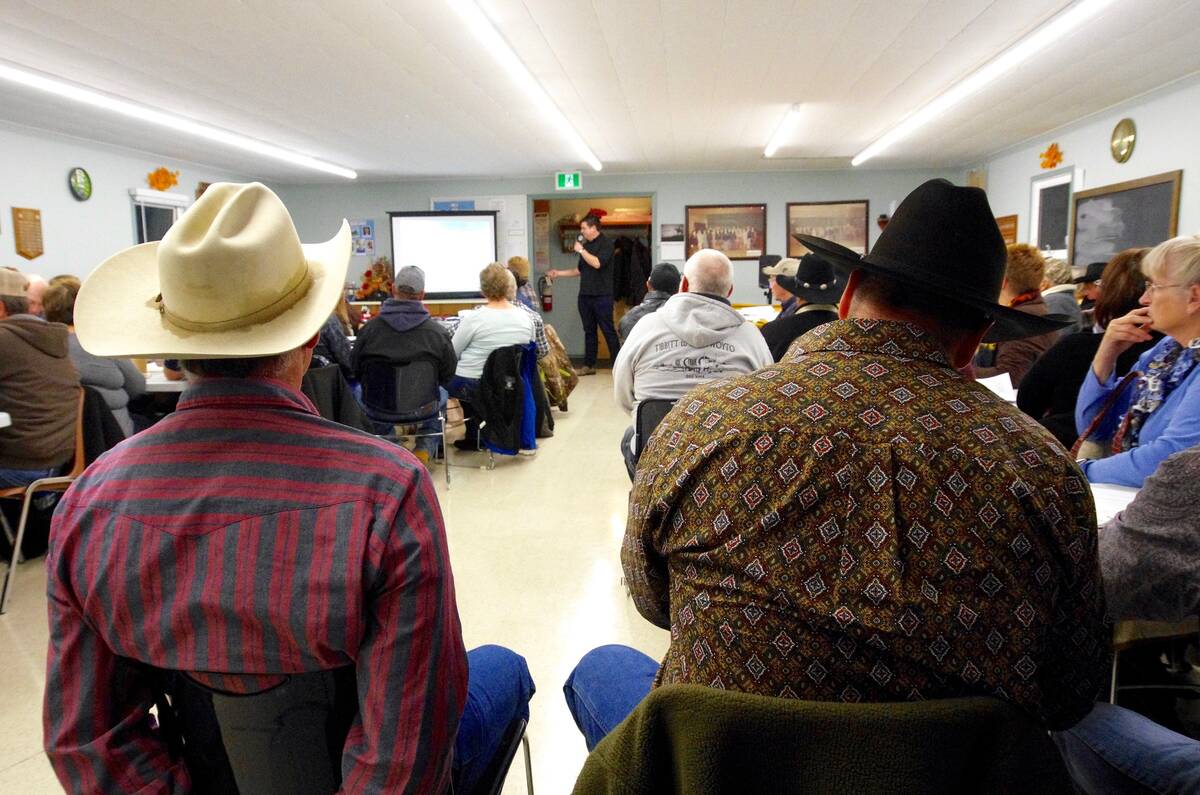
Don’t blow off that beef producer meeting
Local veterinarians and livestock experts often speak at beef producer group events. They have good advice for the farmer on vaccines, calving, beef herd management and more.
Herd expansion involves retaining heifers for breeding rather than fattening them for slaughterhouses.
Getting the credit (loans) to expand remains a concern. As the cost of raising cattle has increased, lenders are requiring producers put up more capital per animal, he said.
The cattle herd has shrunk from a record high of 132 million head in 1975 to 92.6 million this year, a 30 per cent drop. Initially, the decline was due to consumers shifting to chicken as the poultry industry launched a number of quick-to-fix products that took the beef industry years to match.
Later, production was crimped by lost export business due to mad cow disease, a drought in the southern Plains, high feed costs, and more recently a recession.
Now, after years of weakness, cattle prices are the highest ever, producers are making money, and beef exports are surging. Cattle headed for slaughter have traded at $120 to $121 per 100 lbs. in Texas and Kansas, versus $96 to $97 a year ago.
Donald also is a Montana rancher and has begun expanding his herd.
“We have heifer retention in our operation up 30 per cent from a year ago because we saw this opportunity coming,” said Donald. “We are looking at others ways to expand. We are looking at leasing more land.”
The United States is third-largest beef exporter by volume behind Brazil and Australia, with 2.3 billion lbs. in 2010.



